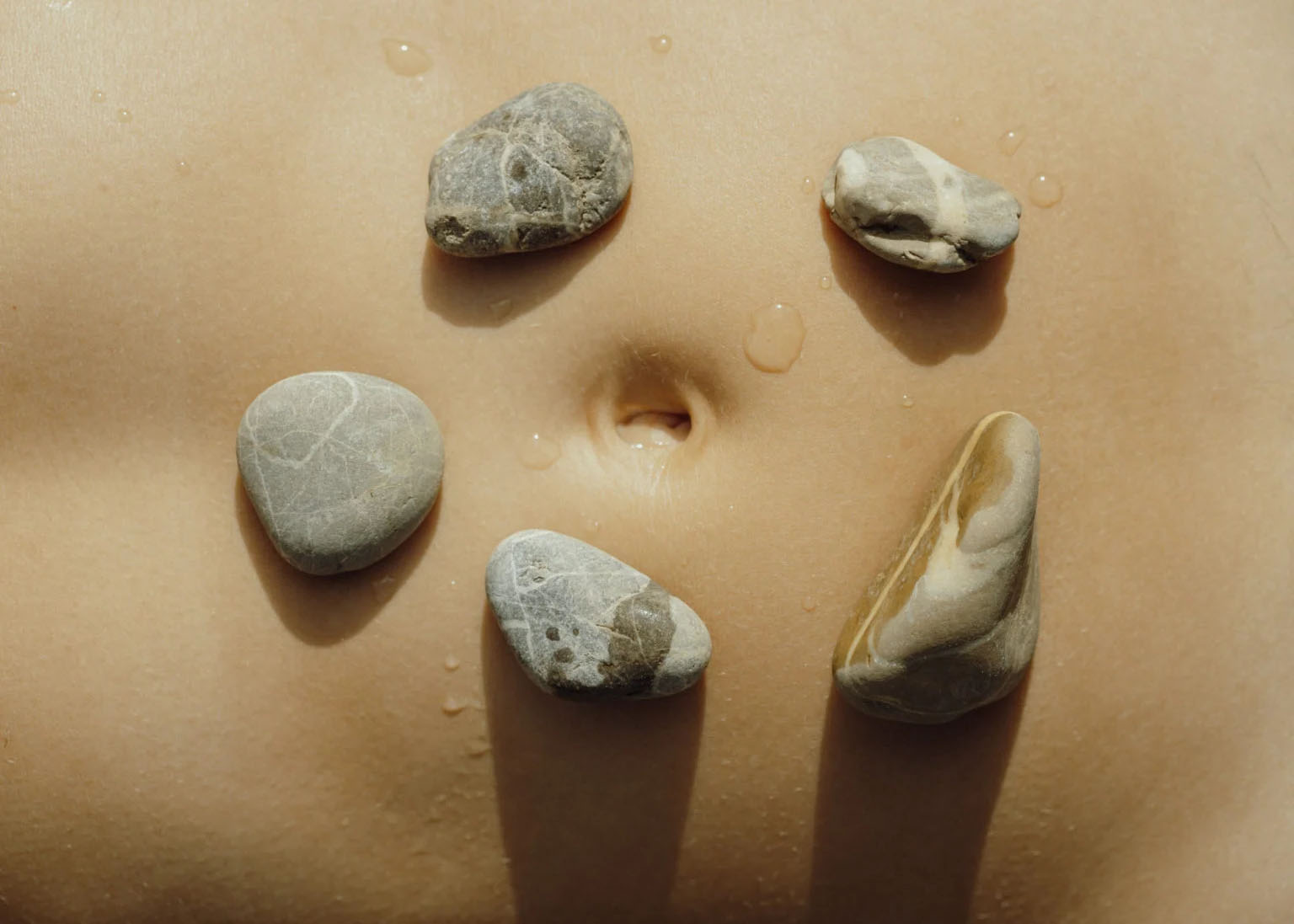How did the idea for she she begin and evolve into what it is today?
I studied art, so aesthetics plays a big part. The houses that we stay in must be very inspirational. Because that also helps with the unwinding part of refilling your cup being in a beautiful environment. Though in the beginning, it was more like, Let’s just travel. Over the past years, we’ve explored the islands more and more. In 2017, I found the monastery in Majorca. Now, it has expanded to Pantelleria, off the coast of Sicily, and off-season retreats. We also do them in autumn, in a farmhouse in southern Germany at the foot of the Alps.
We realized that well-being is not necessarily linked to summer. It can also be very beautiful to go into this cocoon mode to recharge for the winter and, or to emerge from that cocoon in springtime. We try to embrace all the seasons in different locations throughout Europe. I’m still looking for new locations because we have a lot of regular guests. It’s our intention to keep inspiring them and offer different locations and different seasons. There’s a completely different atmosphere from July in Majorca to the autumn one in the [Allgäu] farmhouse with a sauna and fireplace. They’re actually more community-focused because you’re kind of forced to be indoors together.
The team reflects an international vibe. I’m Dutch, and Steph [Cusack], who joined in 2019 as co-founder, head host, and meditation teacher, is Australian. During the retreats, we also have guest teachers. In Majorca, we have Birjiwan, who’s French, our support host and Kundalini yoga teacher. Our movement teachers, Jorijn Vriesendorp and Aina, lead dance classes. And we collaborate with female chefs, including Julia Heifer and Zsuzsanna Toth from Gaia, Cäcilia Baldszus and Jessi Joyce from Baldon, and Jesse [Meindertsma] and Stef [Koumiotis] from Sabato Amsterdam. Sometimes, there’s an artist in residence guiding a workshop, like photography with Lotte van Raalte or ceramics with local Deià ceramicist Annie O’Sullivan. We bring in women who are also our friends to offer a dynamic experience. So, instead of just being with one person the whole retreat, we introduce them to this little she she collective.
How do you go about designing a retreat, from initial concept to commencement?
For each retreat, I come up with a theme, so in the off-season, in Majorca, that’s ‘Wilderness Within’ – the weather can be quite wild as well. In July, we have ‘Summer Tales,’ which is about lots of journaling and writing your own summer tale. Then, in late autumn, we have ‘Lunar Rhythms,’ which is about tuning in with your cycle. At she she, we don’t do any astrology. It’s very down to earth – we keep it real. The same goes for food – while our menus are healthy, well-being doesn’t have to mean you only can eat a certain strict diet. Home-cooked comfort food, a glass of natural wine, or a freshly baked cake can be as good for your well-being as you’re also nourishing your soul.
So, the planning process starts with putting that vibe into images. The very first step is reaching the right audience: bringing people together who are very curious and open to meeting others. Once everyone arrives, we always do a little welcome ritual where we invite the guests to do five deep sighs. It’s an immediate anxiety reliever, and the exhale can reduce stress even more than inhaling deeply. That’s because all deep breathing activates the part of the nervous system in charge of how the body rests. The heart rate slows, blood pressure drops, and the mind begins to relax. Next, we have an opening circle where we ask everyone to share their name but also their intention for the week.
In the closing circle, we ask again because, very often, in the beginning, the stated intention is not really the true intention, but [our guests] figure it out along the way. Like, I thought I came here to simply unwind, but actually, I came here because I really need to rethink my job. After the circle, we usually start with a sound bath, so it’s really easy to unwind. Then there’s a communal dinner. On the first night, we always have food made for sharing, like tacos, so immediately you have to ask, Could you pass me that? It’s a very communal food experience – not a very stiff seated dinner situation, but a bringing-together moment.

